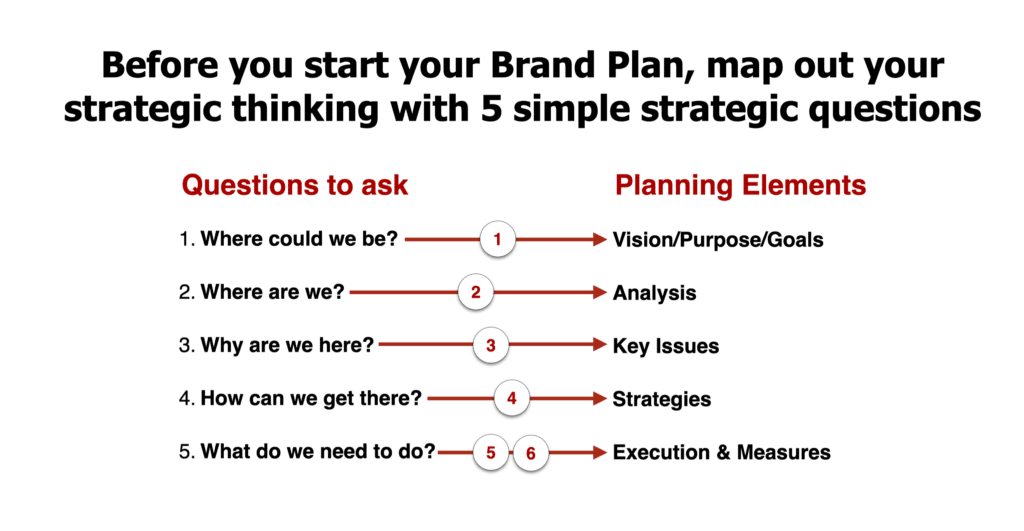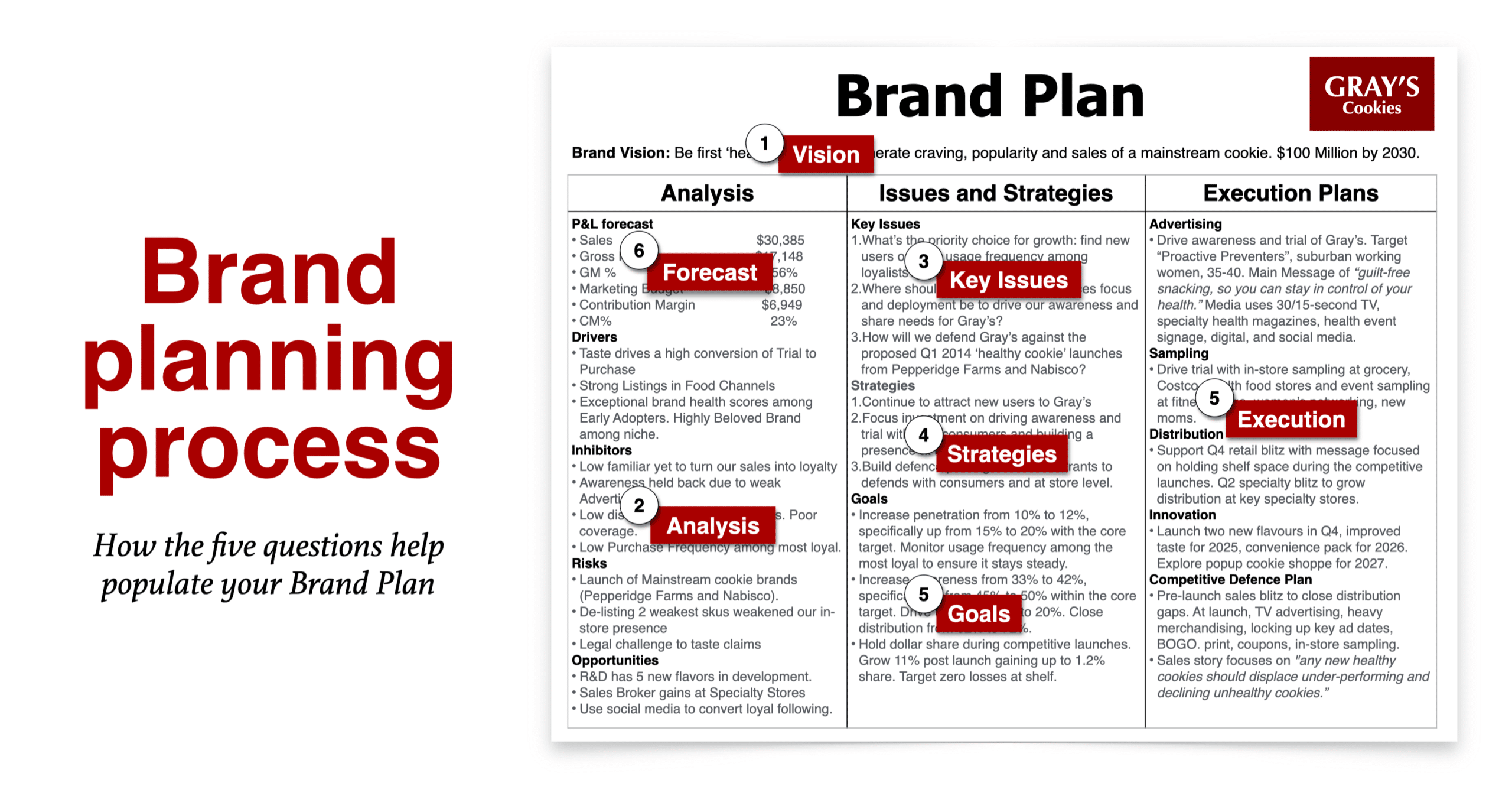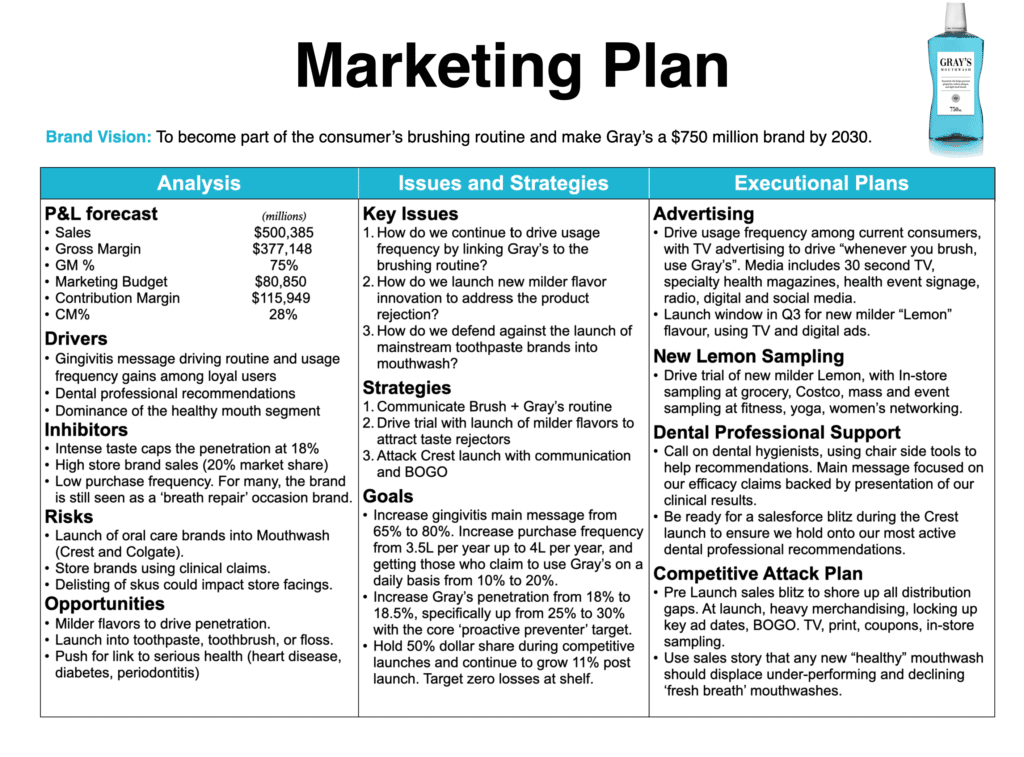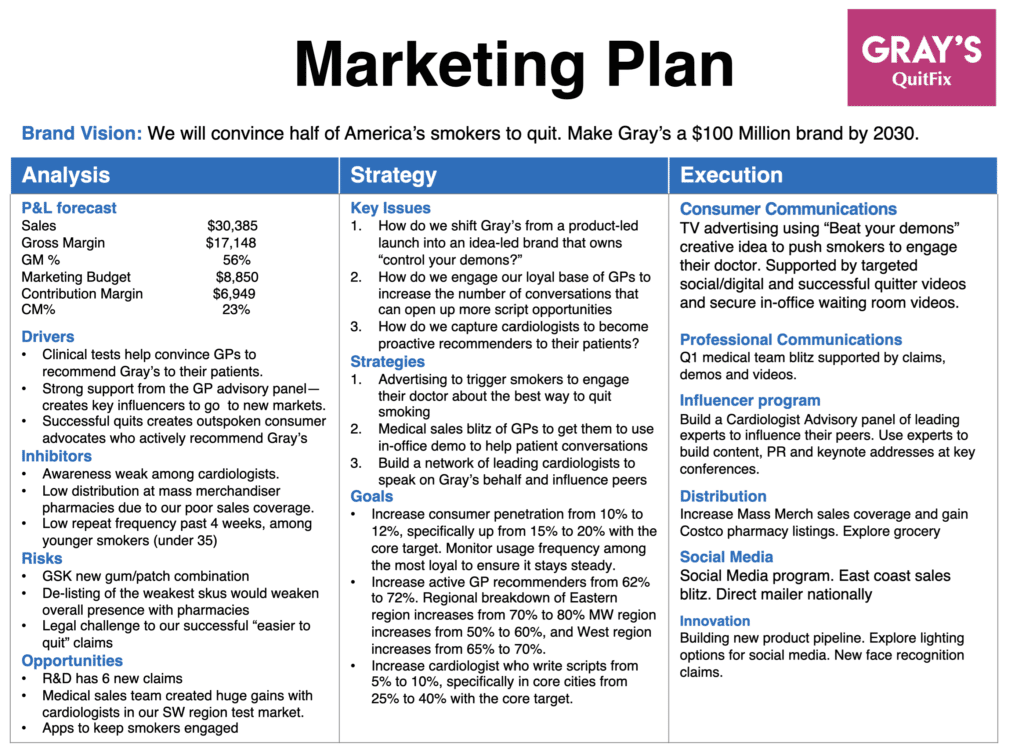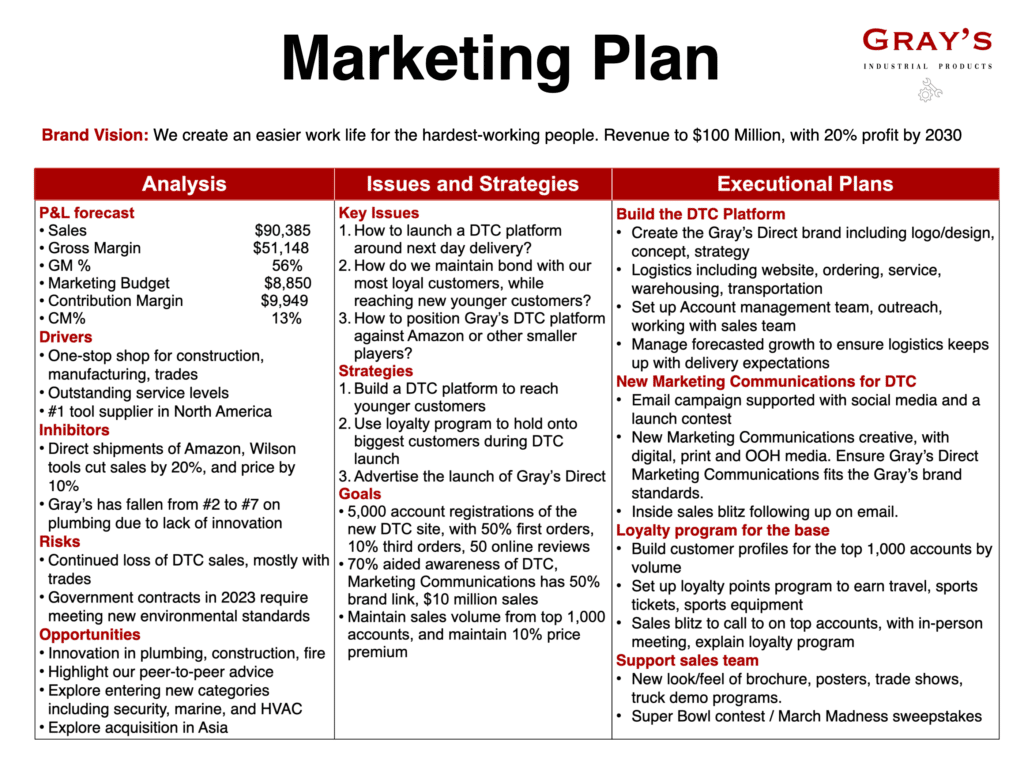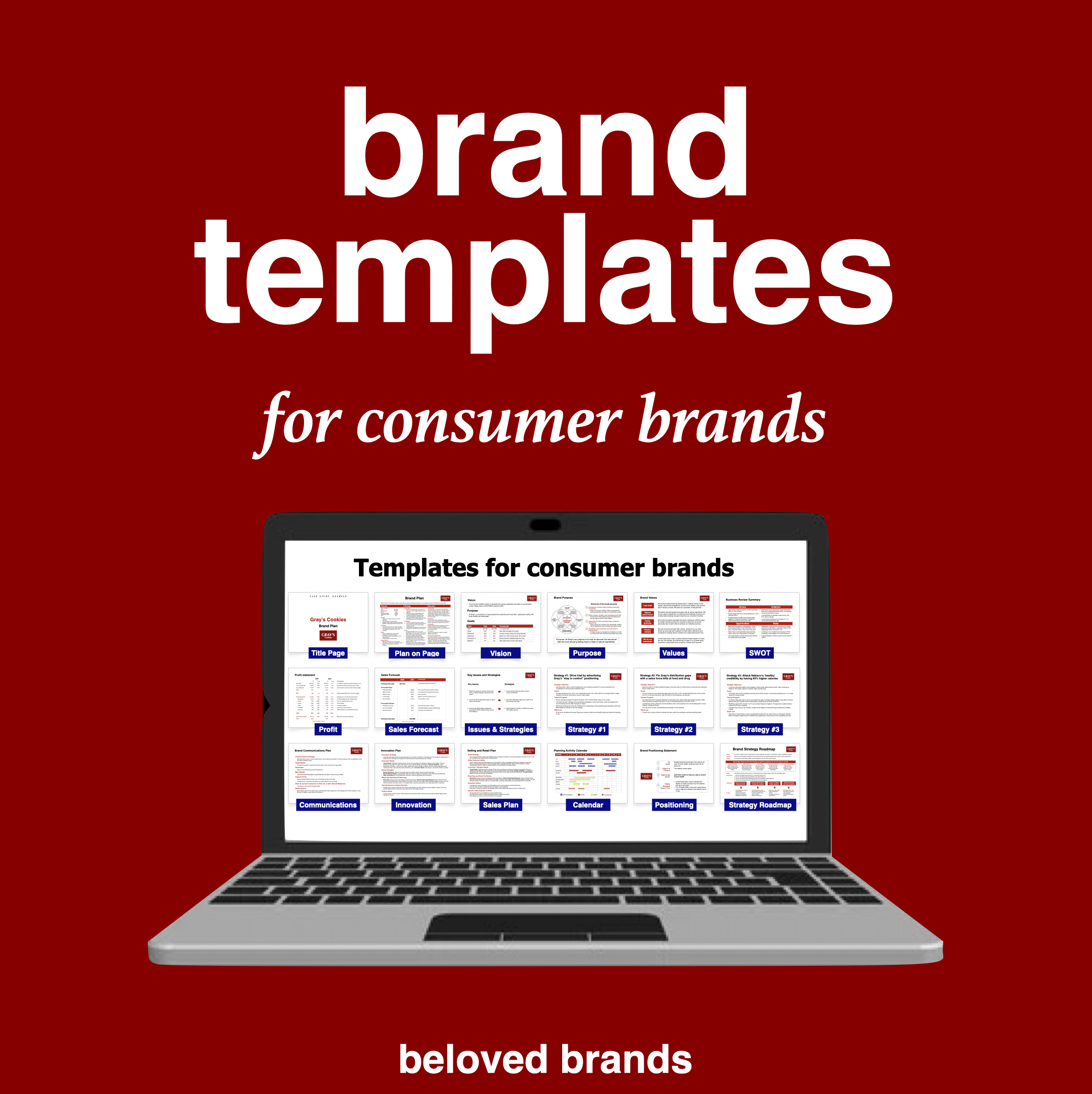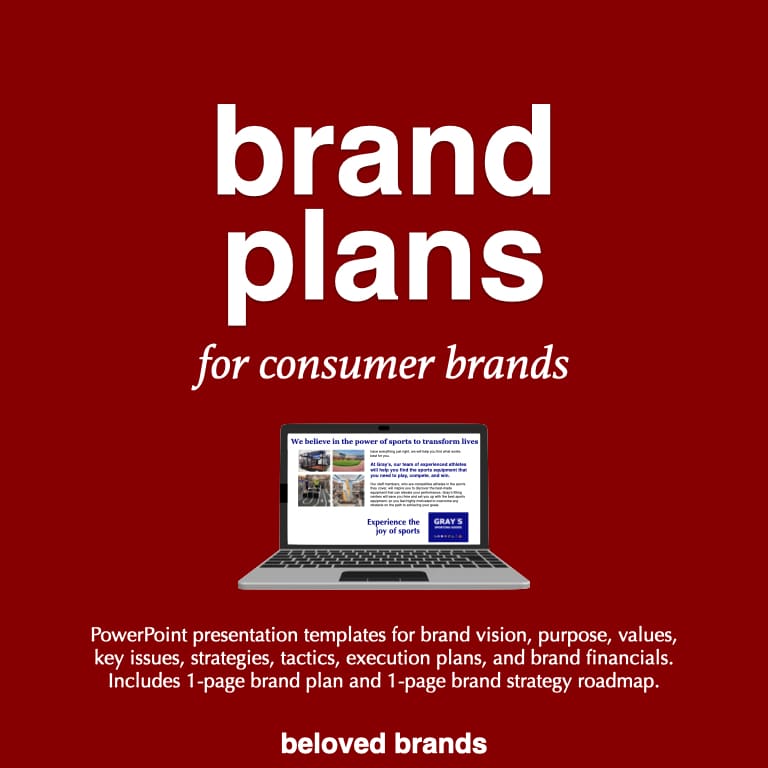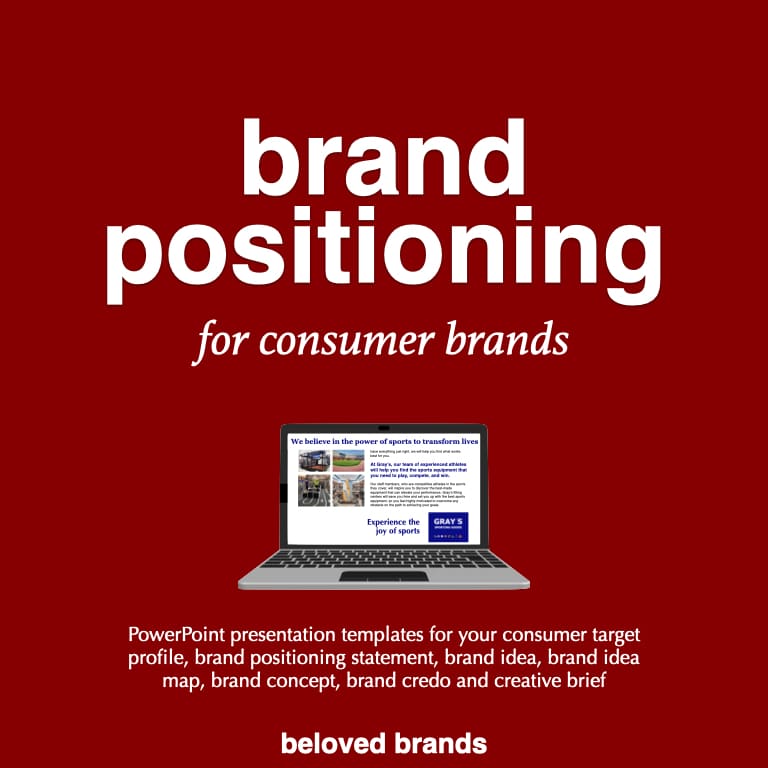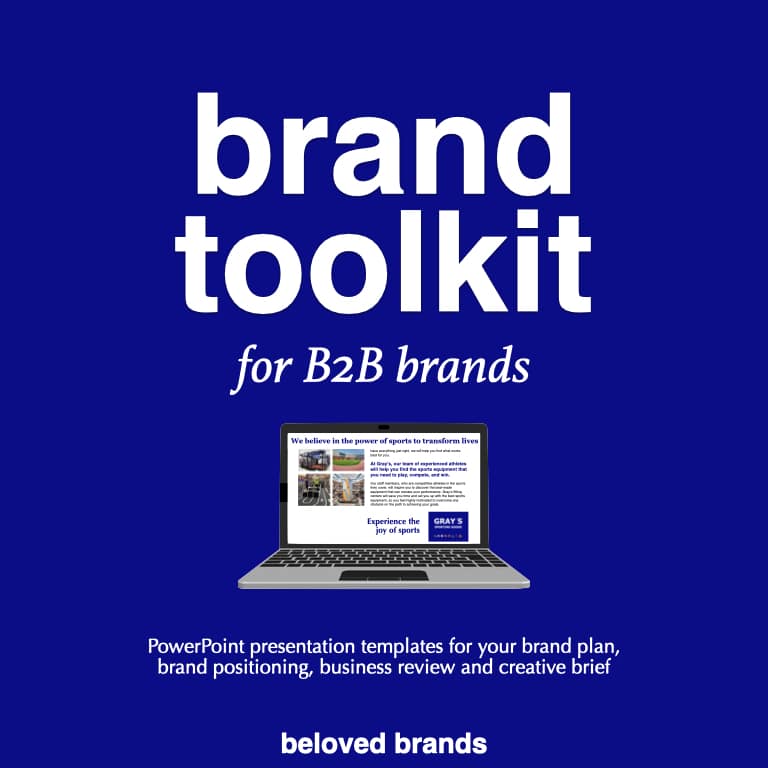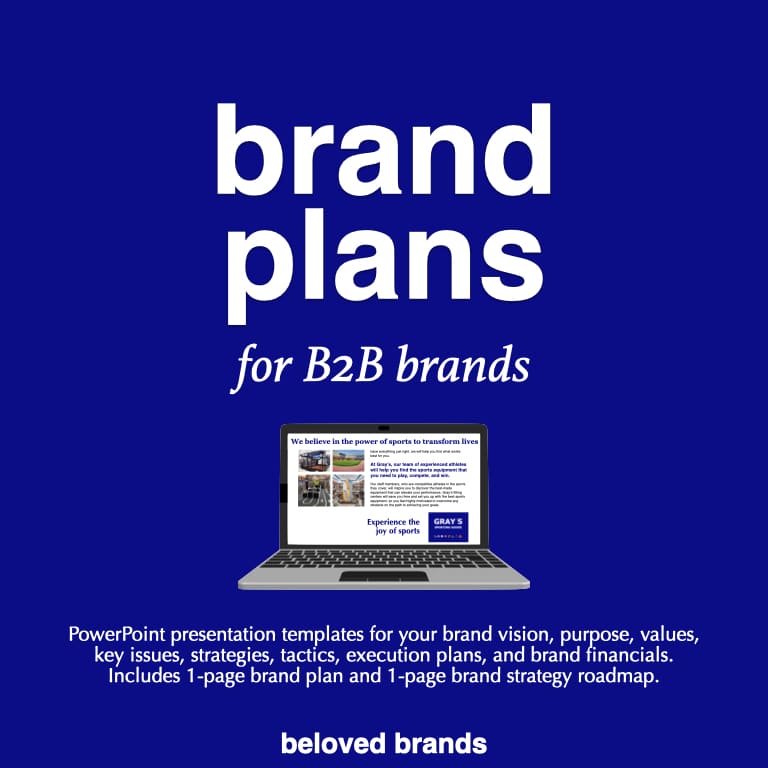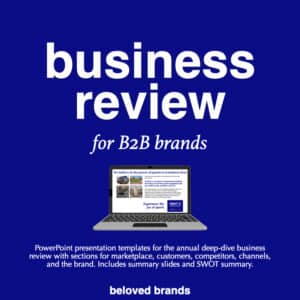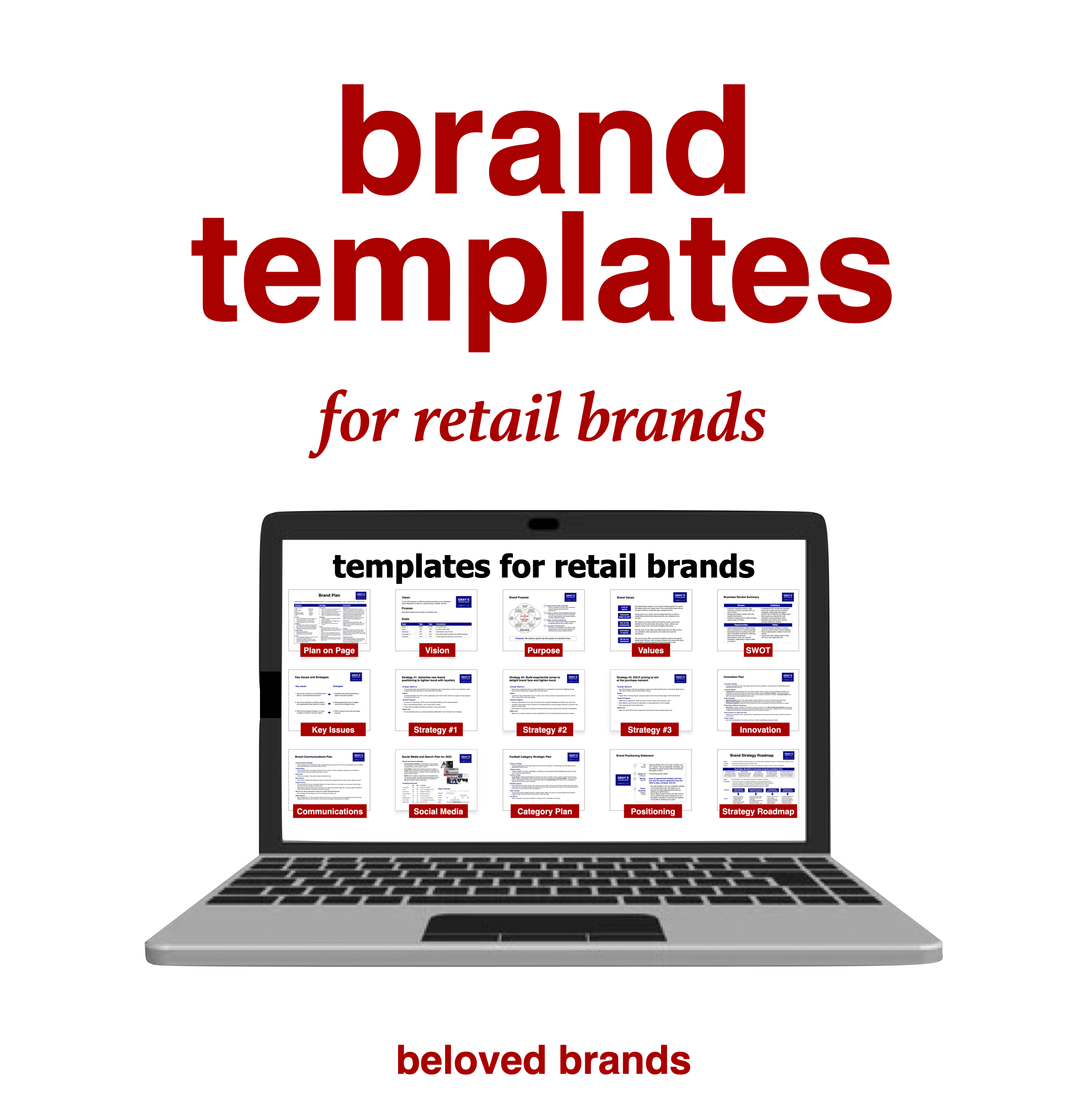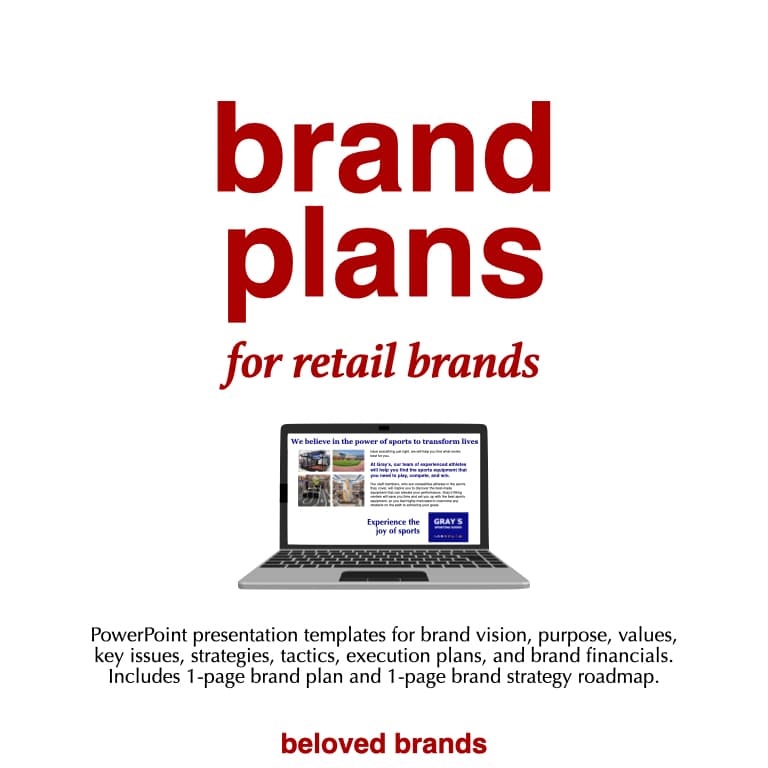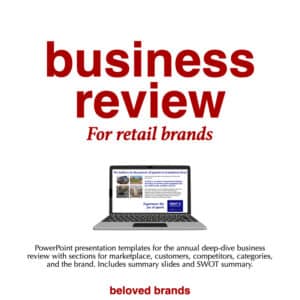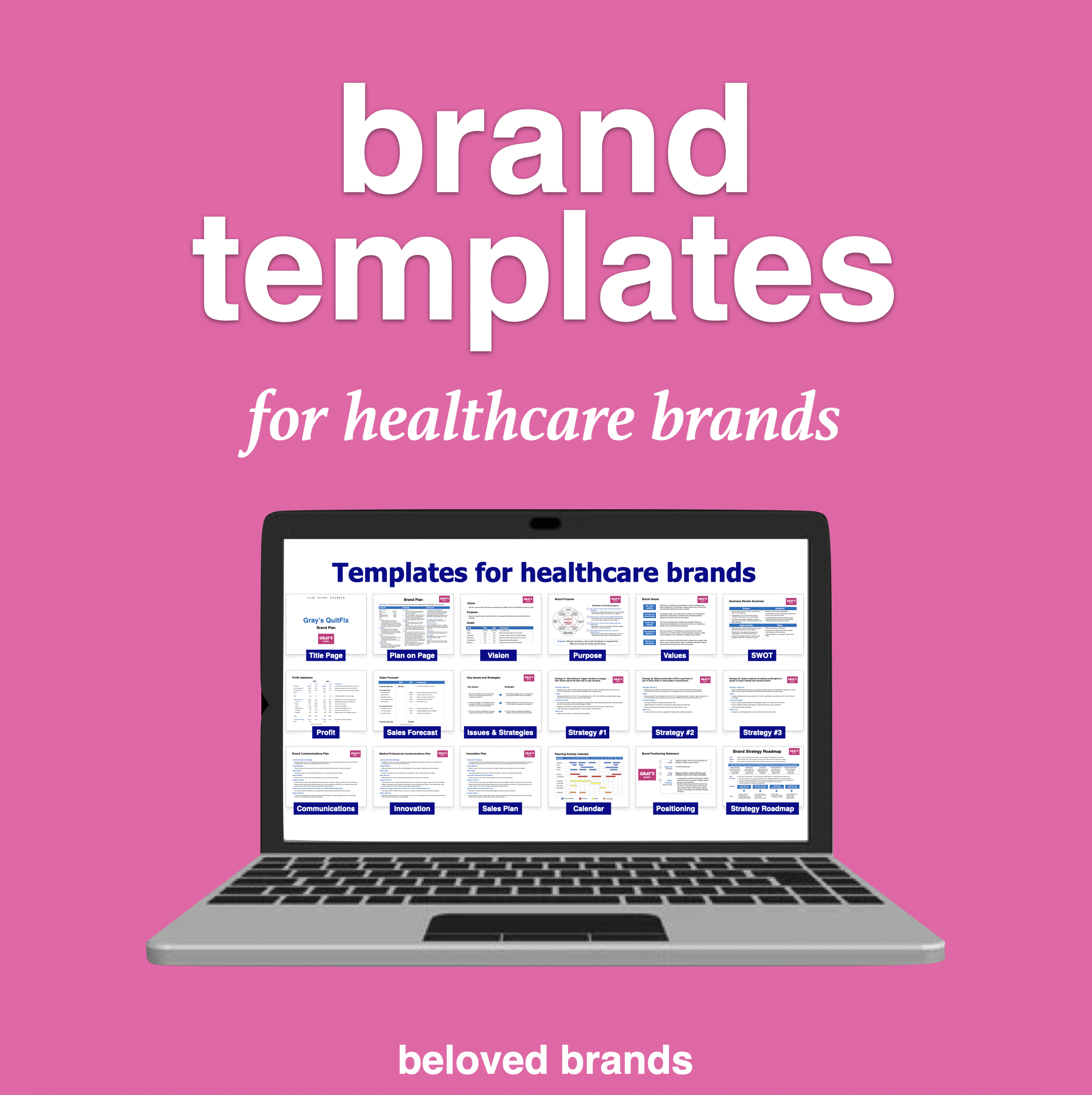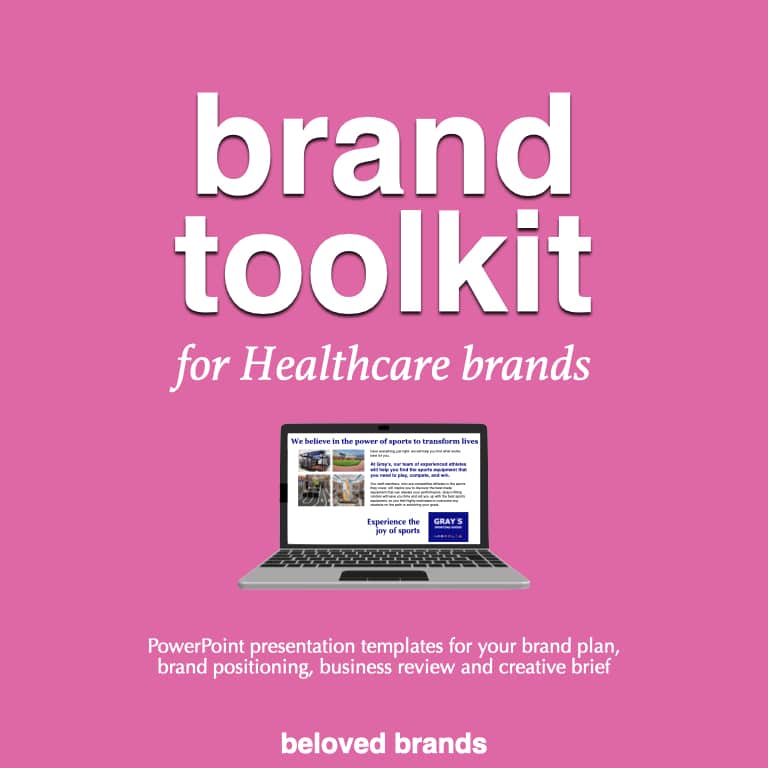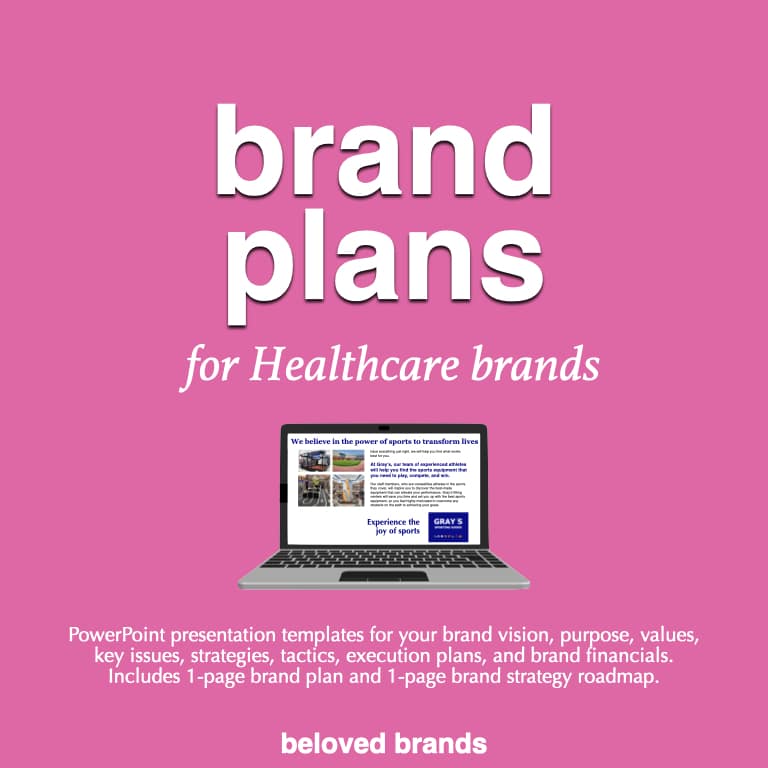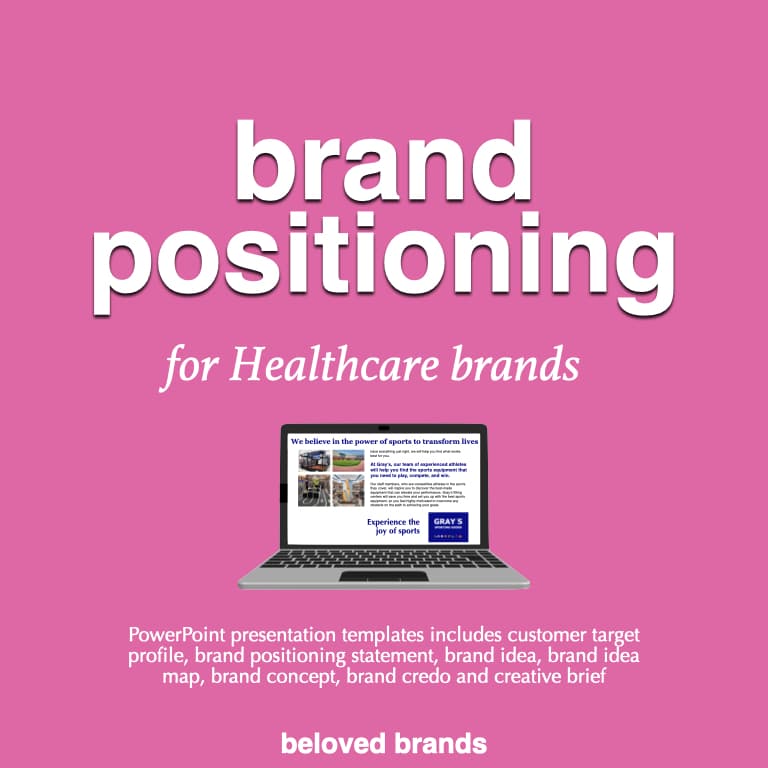A well-structured brand plan empowers you to allocate your brand’s limited resources effectively. To begin your strategic brand planning journey, let me share five essential questions that have guided my experience as a VP of Marketing at renowned companies like Johnson & Johnson, Coke, and General Mills. By focusing on these questions in your brand planning process, you’ll be able to develop a vision, analyze your current position, identify key issues, create strategies, and devise execution plans, all aimed at achieving the highest return on investment.
To illustrate, click on our one page Brand Plan Rough Draft you can use in your brand planning process.
- To start, where could we be?
- Secondly, where are we?
- Moreover, why are we here?
- Subsequently, how can we get there?
- Finally, what do we need to do?
Armed with these questions, you’re now ready to start mapping out your brand plan and enhance your brand planning process.
Brand Planning process
Expanding on those five brand planning process questions to guide your brand plan
Let’s delve deeper into the five pivotal questions that can shape your brand planning process and create a solid foundation for your brand plan. It’s crucial not to rush into writing your plan without understanding each component thoroughly. In fact, facing writer’s block is less daunting than being confronted with a blank screen labeled “vision.”
Here are five brand plan questions to jumpstart your brand planning process. These will assist you in determining the overarching aspects of your brand plan before refining and perfecting the content:
First, where could we be?
- To start, envision your brand’s ideal state in 5-10 years, and consider how you or others would describe it.
- Then, ask if there is an aspirational goal, such as market share or company revenue/profit, that you aim to achieve.
- Next, ask what accomplishment would leave you completely satisfied.
Second, where are we now?
- To start, examine the current situation regarding the market, consumers, customers, categories, competitors, and your brand.
- Next, identify key metrics: revenue, profit, investment, share, penetration, usage, awareness, repeat, and loyalty.
- Then, assess your brand’s current reputation and how it aligns with your desired identity.
Next, explain why we are here?
- To start, determine the factors driving your brand’s success: trends, consumer behavior, category performance, competitive gains, or brand achievements.
- Next, identify obstacles preventing your brand from reaching its full potential.
- Then establish how you will succeed: by leveraging core strengths, strengthening consumer bonds, outperforming competitors, or capitalizing on business opportunities.
How can we get to your major goal?
- To start, decide which capabilities to invest in: brand promise, brand story, innovation, purchase moment, or experience.
- Then, identify your target audience and market accelerators to take advantage of.
- Next, determine how to influence consumers in ways that benefit the brand. Either, moving consumers along their journey or by tightening the bond with consumers.
What tasks/activities do we need to do?
- First, outline strategies and corresponding activities.
- Next, identify execution battles to win: brand promise, brand story, innovation, purchase moment, or consumer experience.
- Finally, specify activities, achievements, learning, milestones, and process improvements to invest in for the future
Your written responses will begin to reveal a rough draft of your brand vision, analysis, key issues, strategies, and tactics. Unbeknownst to you, this rough draft lays the groundwork for your entire brand plan.
Brand Plan rough draft
To initiate your rough outline, push yourself to draft three bullet points for each of the five fundamental brand plan questions. Strive to condense your list to the top three points, as this extra effort will sharpen your focus on the most crucial aspects.
Indeed, it’s quite simple to become overwhelmed in the brand planning process. Numerous brand leaders may spend weeks crafting a plan. As you gather diverse opinions from across the organization, confusion can arise, adding a layer of complexity to the plan you need to decipher. Avoiding this disarray is essential for maintaining clarity throughout the process.
To illustrate, take a look at the Brand Plan rough draft below.
To illustrate, click on our one page Brand Plan Rough Draft you can use in your brand planning process.
I recommend you start with the five questions, either on your own or with a group brainstorm. Then, keep coming back to this document a few times throughout the process to make sure you stay on track. Unquestionably, I find these five questions keep you grounded and focused throughout the planning process.
Brand Plan on a page
Below, our annual brand plan on a page is presented. Significantly, the brand plan comprises three distinct sections: analysis, issues and strategies, and execution plans. The brand planning process plays a vital role in these sections.
To illustrate, click on our one page Brand Plan you can use in your brand planning process.
The one-page Brand Plan
Firstly, the analysis section provides a summary of the in-depth business review. It includes an overview of the top three points, which cover what drives your brand’s growth, what hinders it, potential threats, and opportunities your brand faces.
Secondly, the key issues and strategies section highlights the top three obstacles preventing you from realizing your vision. Framing these issues as questions is helpful. Correspondingly, the strategic solutions serve as answers to each question. Establish goals to gauge your brand’s performance against each strategy.
Lastly, the marketing execution section outlines specific plans for each chosen execution area, aligning with critical consumer touchpoints. You can include a brand communications plan, innovation plan, and sales plan.
This one-page Brand Plan template was developed when I managed a team with 15 brands. It allowed me to grasp the big picture swiftly, without sifting through bulky binders. Additionally, sales teams appreciated the convenience of quickly accessing the entire plan on a single page, as most salespeople managed 15 brands with their customers. Distribute the one-page plan to everyone involved with the brand and encourage them to keep it handy to guide their day-to-day decisions.
M A R K E T I N G B O O K
beloved brands
the playbook for how to create a brand your consumers will love
Covering every aspect of brand management, it is no wonder that our readers reach for Beloved Brands multiple times each week to guide them through the challenges of day-to-day brand management.
Get ready for a mind-bending journey as we take you on a deep dive into your brand strategy. We’ll challenge you with thought-provoking questions designed to shake up your thinking and help you see your brand in a whole new light. And our unique process for defining your brand positioning will leave you with fresh ideas and new possibilities for how to differentiate your brand.
But we won’t just leave you with ideas – we’ll show you how to turn them into action. Learn how to write a brand plan that everyone can follow, ensuring that all stakeholders are aligned and contributing to your brand’s success. We’ll walk you through the creative execution process, from writing an inspiring brief to making smart and breakthrough decisions.
And when it comes tao analyzing your brand’s performance, we’ve got you covered. Our innovative methods will help you dive deep and uncover insights you never knew existed, giving you the knowledge you need to make the best decisions for your brand’s future.
But don’t just take our word for it – our Amazon reviews speak for themselves.
With over 85% of our customers giving us a glowing five-star rating and an overall rating of 4.8 out of 5.0, we know we’re doing something right. And with numerous weeks as the #1 bestseller in brand management, you can trust that we have the experience and expertise to help you achieve success.
Ready to join the ranks of the Beloved Brands community? Order our book on Amazon, Rakuten Kobo, or Apple and start your journey towards brand success today.
Take a read through our sample chapter on strategic thinking
Brand Plan Examples
Our brand toolkit for consumer brands is our most comprehensive template that helps you communicate your brand plans, brand positioning, business review, and creative briefs.
First, our brand plan template offers slides for vision, purpose, analysis, key issues, strategies, and execution plans, ensuring a thorough approach to your brand’s development. Next, the brand positioning template guides you through defining your target profile, crafting a brand positioning statement, and developing a unique brand idea, concept, values, story, credo, and creative brief. Finally, our business review template provides slides for in-depth analysis of the marketplace, customers, competitors, channels, and your brand.






